Plan your next trip around images from a stunning Insta account. Amit Pasricha’s crowd-sourced project, supported by experts and volunteers, is making India’s built heritage more accessible
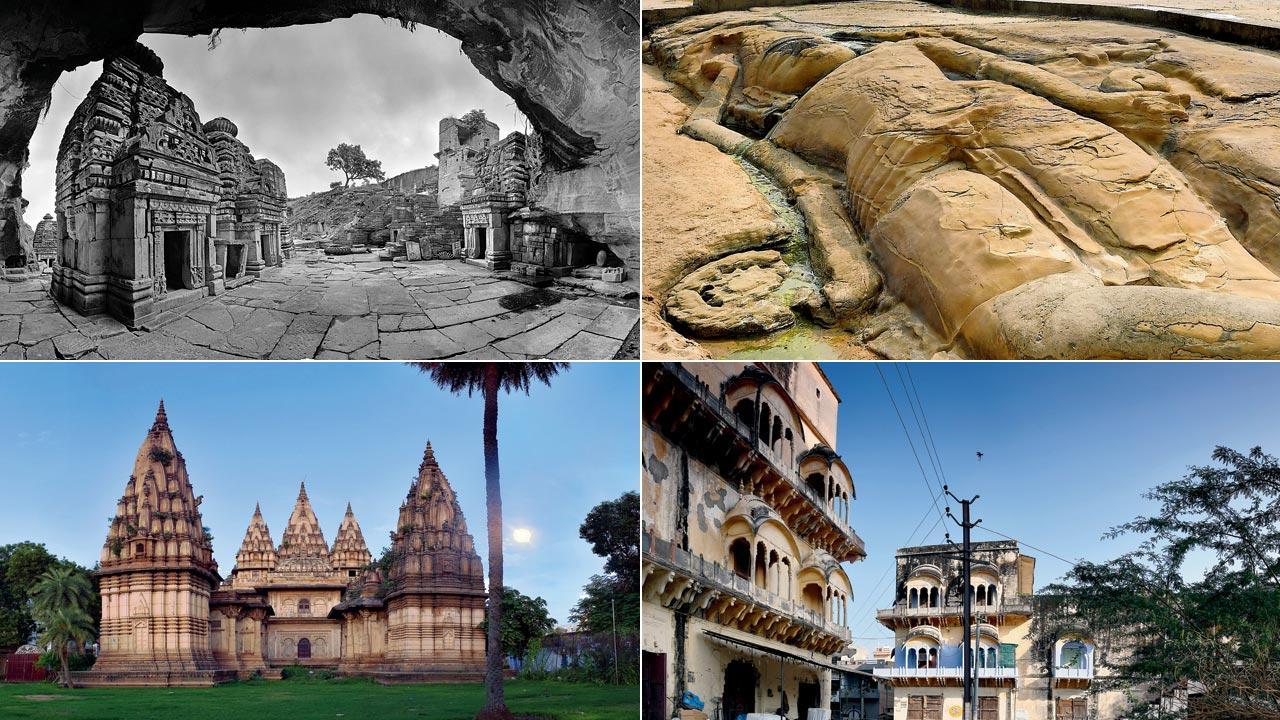
Pics courtesy/Amit Pasricha
Panoramic photographer Amit Pasricha’s images of India’s sprawling temple complexes, and majestic palaces, monasteries, Mughal gardens, caves and forts in their dramatic interactions with nature, have been published in books like Monumental India, Mughal Architecture and Gardens and Dome over India: Rashtrapati Bhavan. About three-and-a-half years ago, while pursuing the idea of bringing a larger perspective to the edifices he photographed, by focusing not only on the structures and where they stood, but also how they connected to their surroundings, he started India Lost and Found (ILF).
“As a visual person, it was important for me to find clues that helped me interact with a building, with the possibility of learning its story the way lithographs have been able to sometimes interpose humanity with heritage sites,” says Pasricha. Since heritage is so firmly ingrained in history and architecture, it is sometimes difficult to relate to it, he feels. “How do I connect the dots vis-à-vis culture? How do I get a whiff of the food that was cooked in these structures then? How do I get a sense of the clothes people wore? How do I integrate them into a time and perspective and develop a little more attachment?” says the Delhi-based photographer about some of the concerns that led him to initiate the project.
 Amit Pasricha
Amit Pasricha
With its 300 experts and 700-odd interns, ILF conducts mapping, research, storytelling, animation and illustration work, with Pasricha admitting that his initial understanding of visual-first as a criterion of furthering the cause of heritage has changed over time. “Now it’s about how we interpret that heritage.” Beyond an image-maker’s view of heritage as a visual feast, ILF, he says, provided the opportunity of becoming holistic. Among its various initiatives are ILF Radio, to be launched later this month to encourage heritage-related conversations, a heritage map of India being developed through images and data volunteered by young, conscious citizens, and a Map your Hometown project aimed at involving those forced back to their hometowns by the pandemic, to identify structures that lie forgotten in different parts of the country.
“A lot of our modern infrastructure, cities and towns have built themselves in the middle of these heritage zones. It gives you a chance for discovery wherever you go,” says Pasricha. “You will be travelling and suddenly a fort wall will appear for 100 metres and then disappear into houses again, gobbled up [...] with its stones used to build those very houses.”
On a trip to northern Odisha months before the lockdown, Pasricha recalls coming across ancient palaces and temples, some reclusive, while others shockingly painted with different shades of enamel. “Underneath all that modernity lies an ancient structure which today doesn’t really reveal its character,” he rues even as he speaks of the inevitability of such change. “Life is organic—things will evolve and if we are an Andy Warhol-ish new India painting its structures in crazy ways, then so be it.”
Naresar Temples/// Morena, Madhya Pradesh
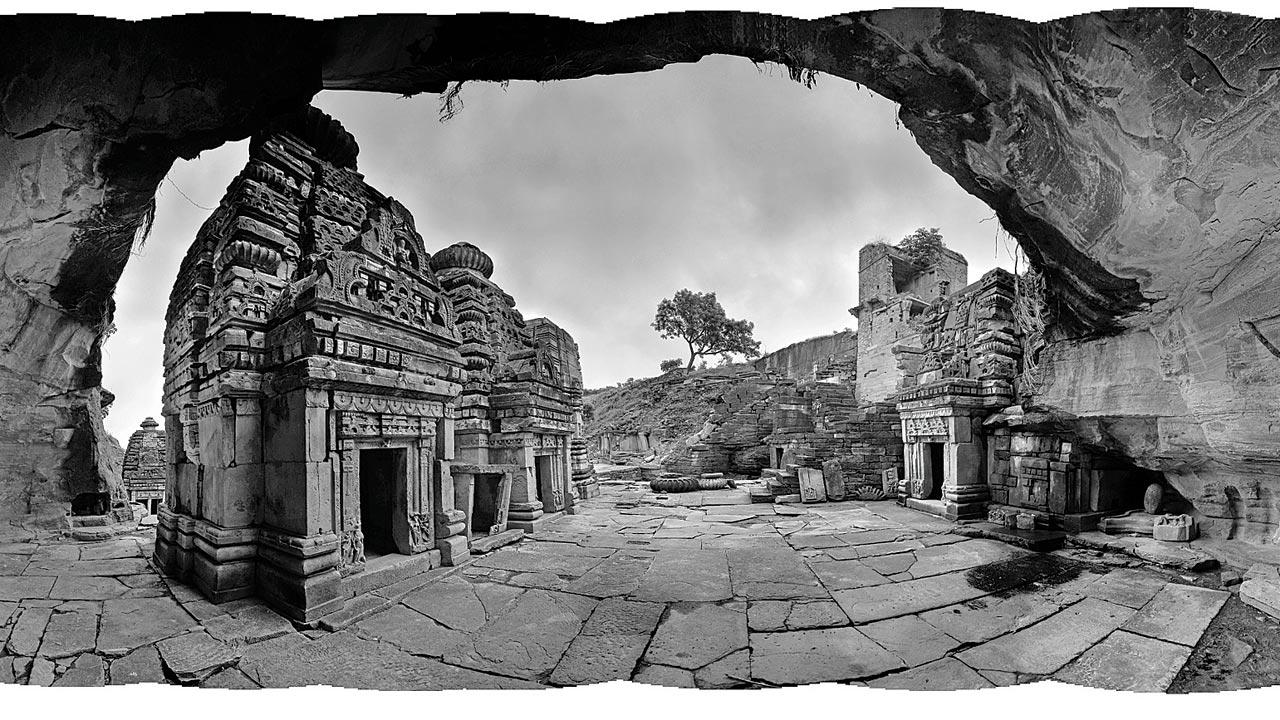
These are a group of around 22 temples in the Naresar village, built in the 8th century by Yashovarman and Amaraj of Kannauj. Their architecture belongs to the Pratihara style, with most having a garbha-griha and a narrow antarala inside the doorway
Alwar /// Rajasthan
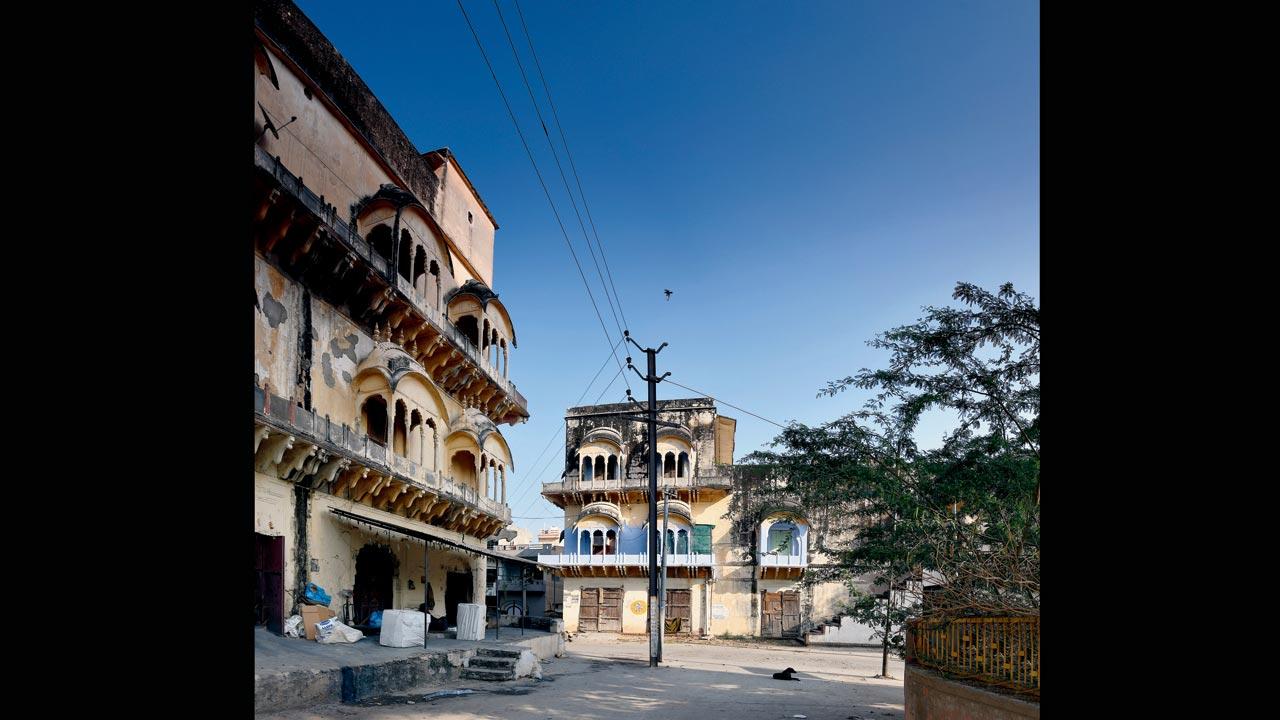
The City Palace, built in 1873, has 15 imposing towers with murals and mirror work, and has been converted into a museum. Alwar also has the Alwar Fort, Bala Quila and the Bhangarh Fort which is now in ruins
Gujari Mahal /// Hisar, Haryana
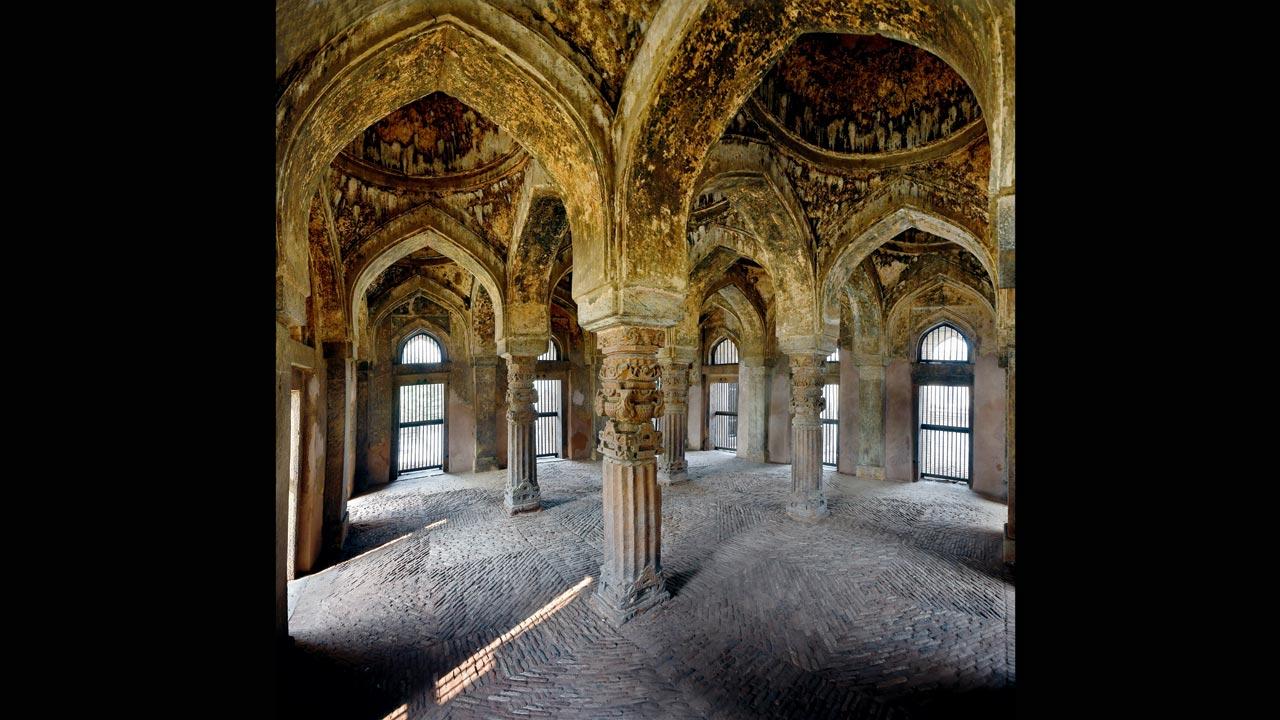
The palace was built by Firoz Shah Tughlaq for his beloved queen, a native of Hisar he fell in love with during a hunting expedition. The palace imbibes features of Tughlaq architecture such as massive tapering walls. Open stairs lead to the pavilion which stands on a high plinth and has underground chambers
Anantashayana Vishnu /// Saranga village, Odisha
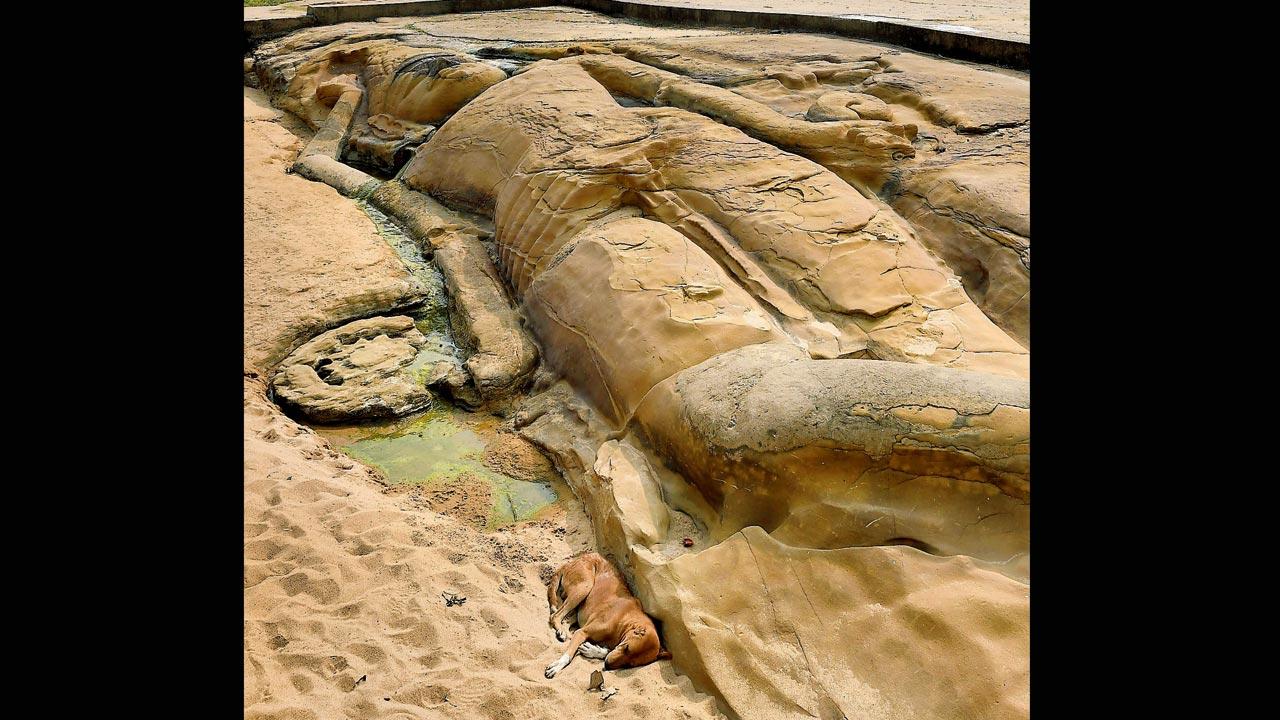
Dating to 9th century and attributed to the Bhauma-Kara kings, who were followers of Vishnu, the Anantashayana Vishnu, which is 15.4m long and 7m in breadth, is the largest open-air rock-cut image of the god. Located on the banks of the river Brahmani, the natural erosion of the sculpture lends it a softness that balances its monumental size.
Janak Ganj Chhatri Park ///Gwalior, Madhya Pradesh

During the festival of Dussera, the Scindia family celebrates with a procession of elephants, horses and chariots. Ramlila followed by Ravan Dahan is performed in its open grounds
Want to hear from you
We are looking to visit and write about interesting places of stay and travel, near and far. If you wish to host us for a fair, engaging experience review, write to us at smdmail@mid-day.com
 Subscribe today by clicking the link and stay updated with the latest news!" Click here!
Subscribe today by clicking the link and stay updated with the latest news!" Click here!










